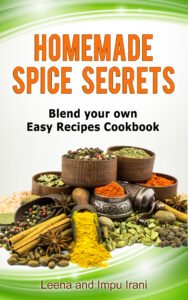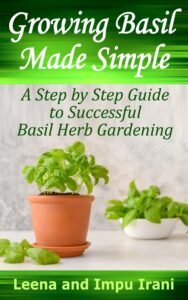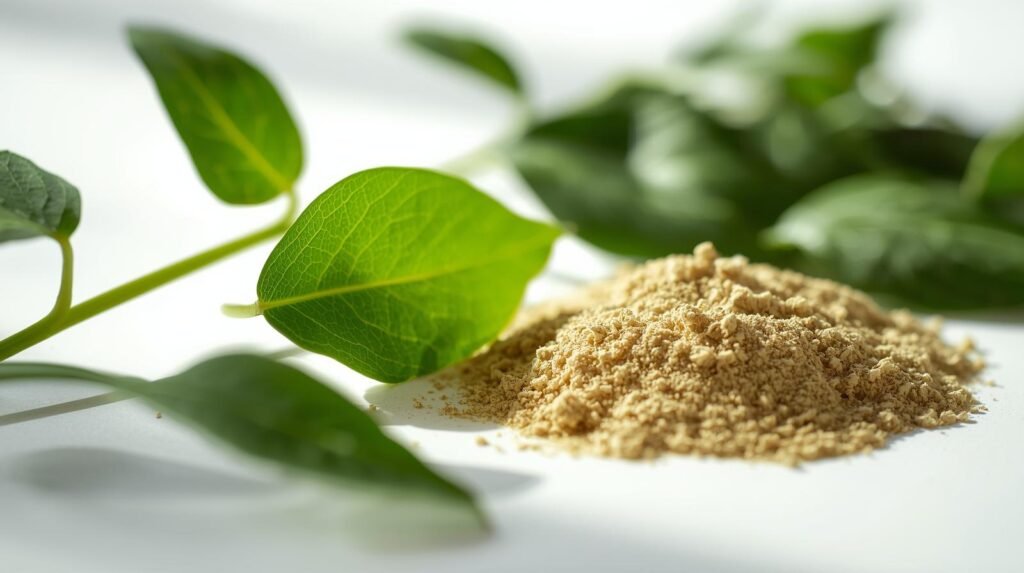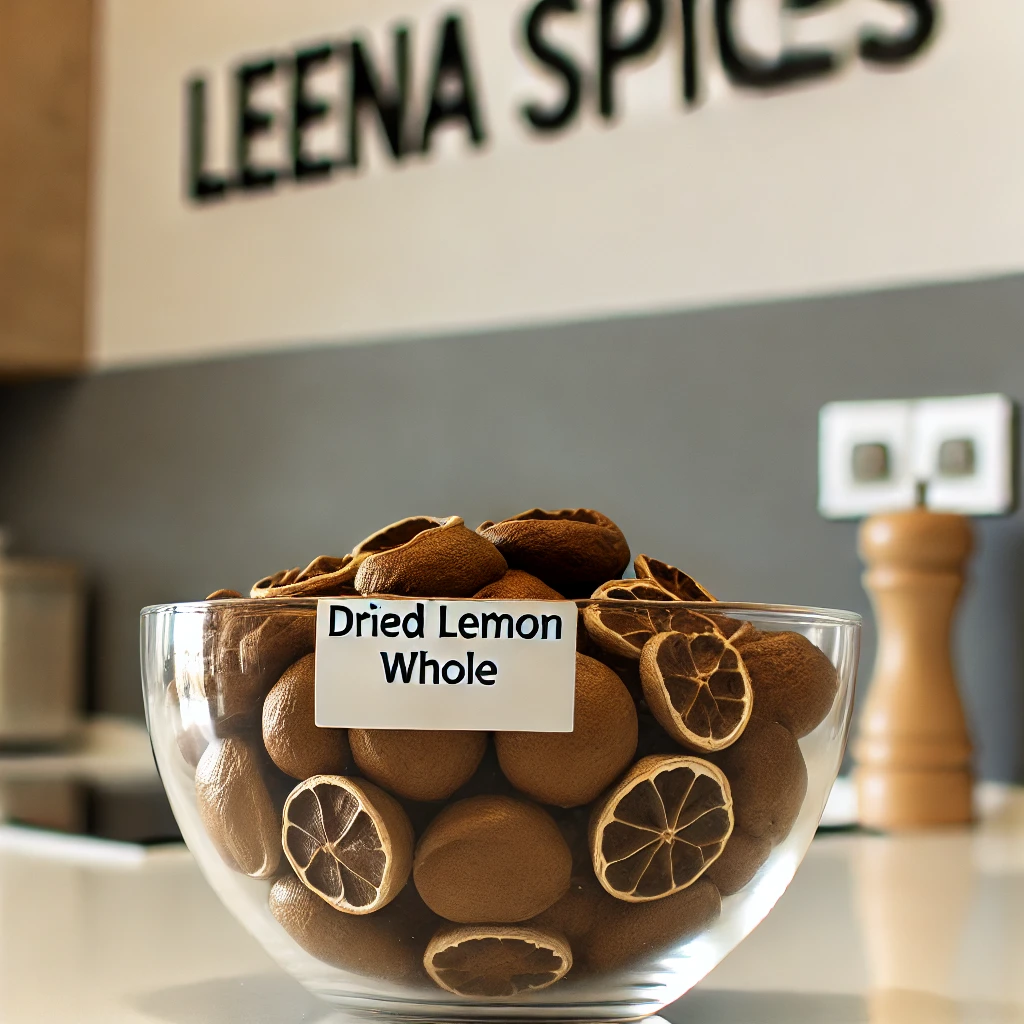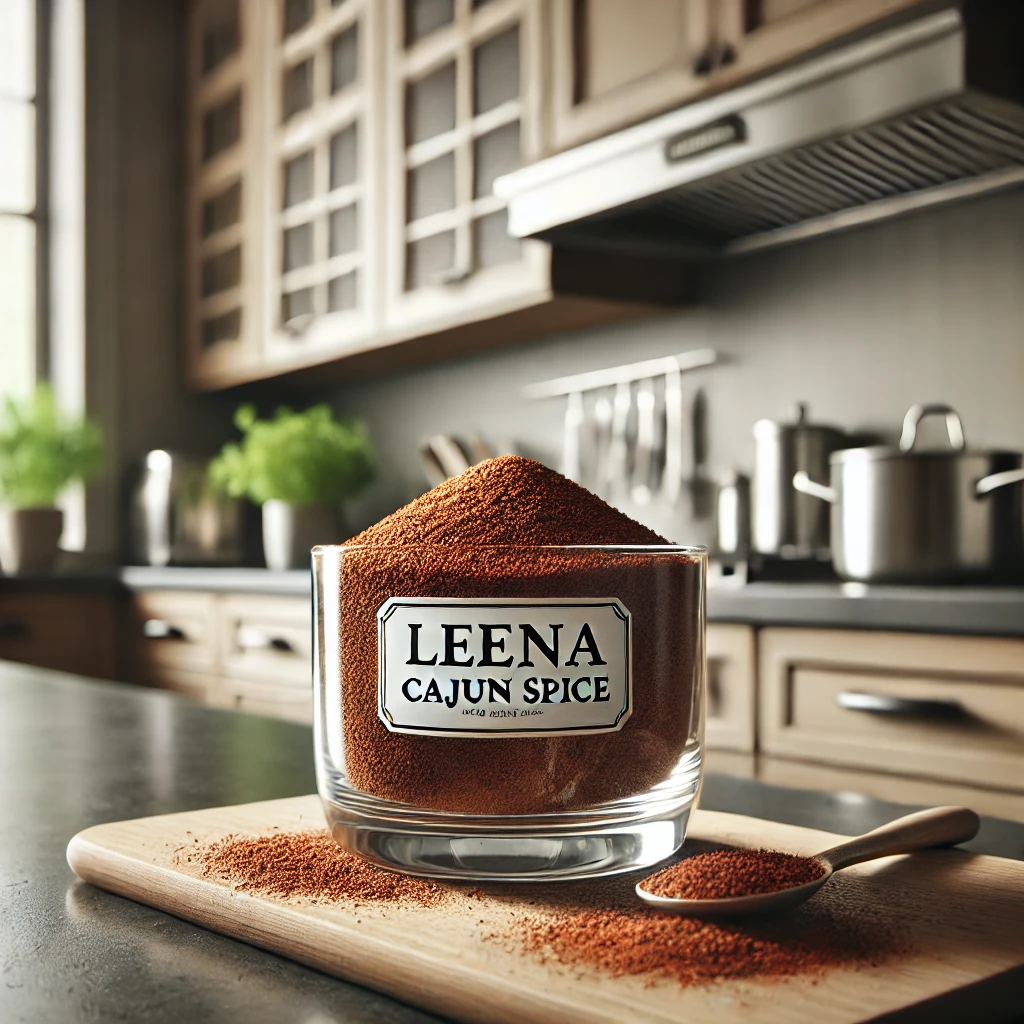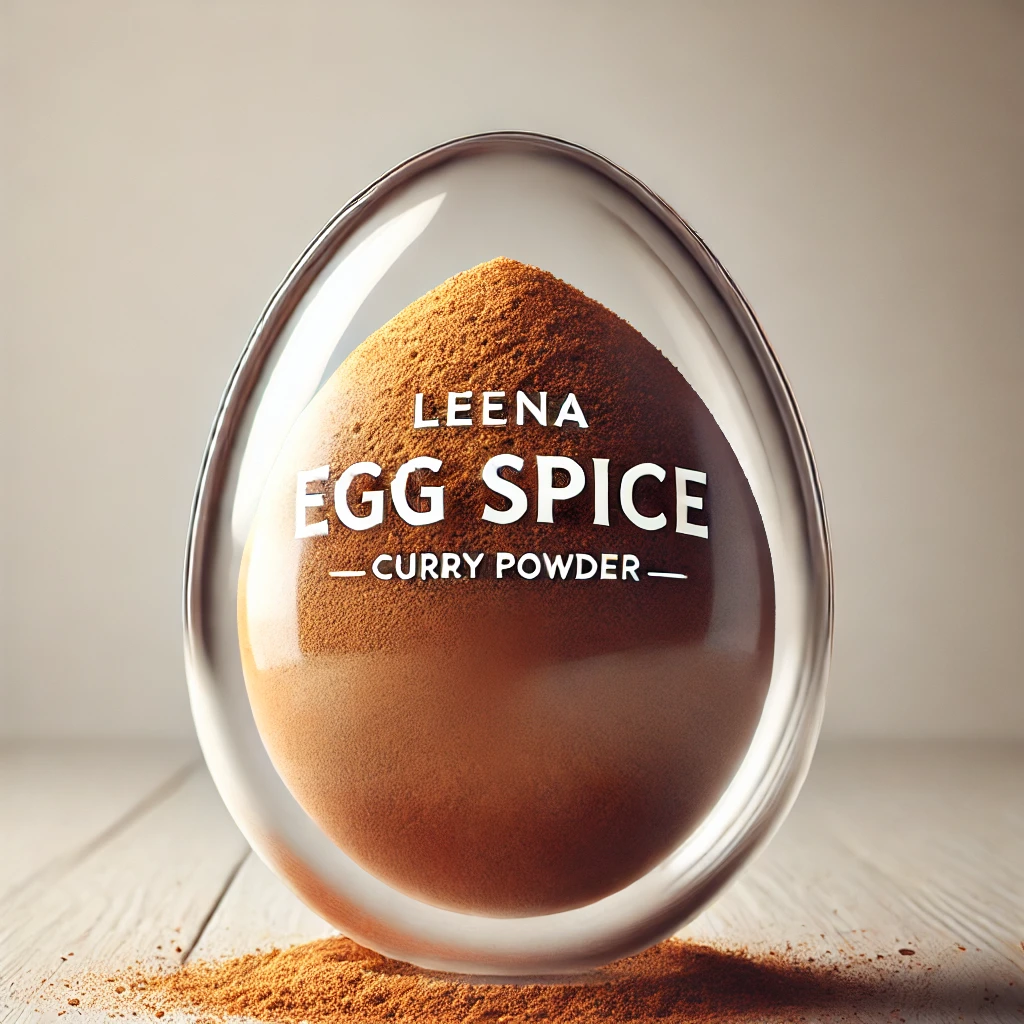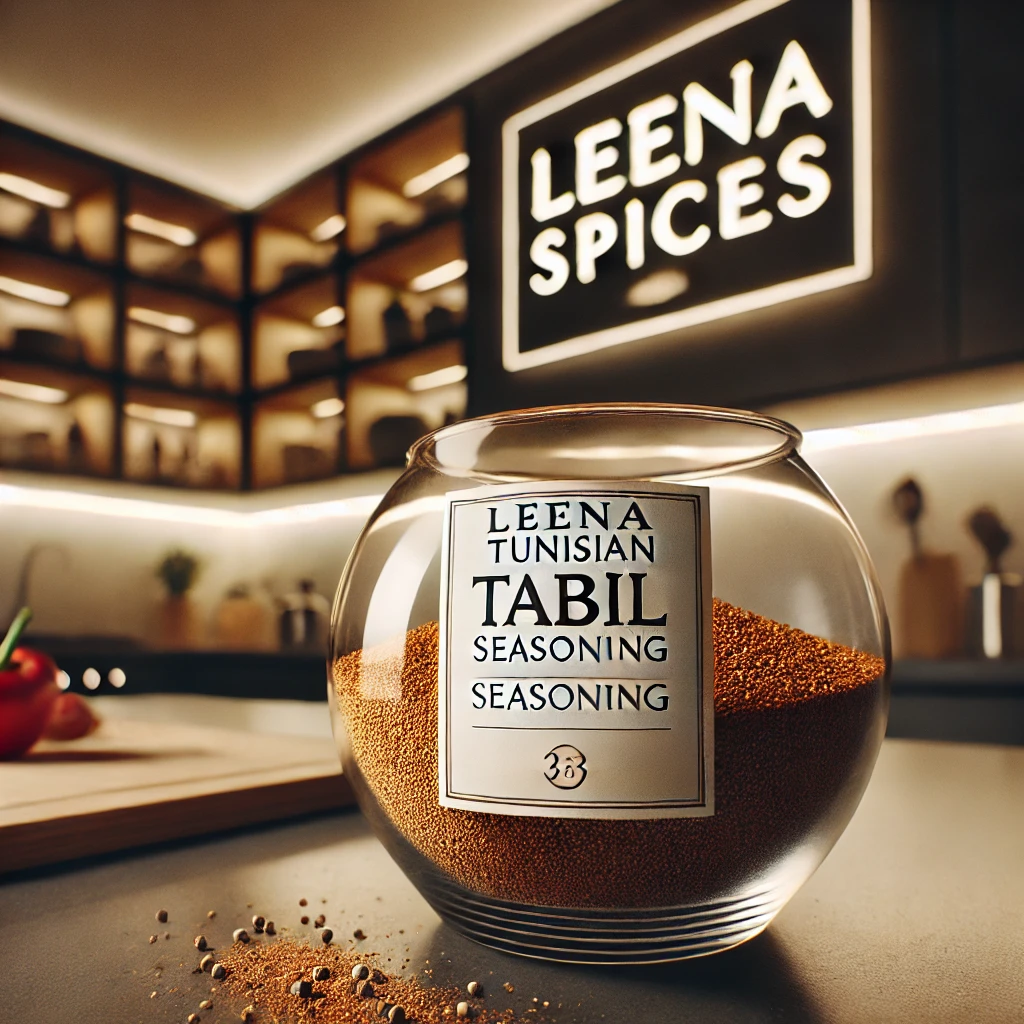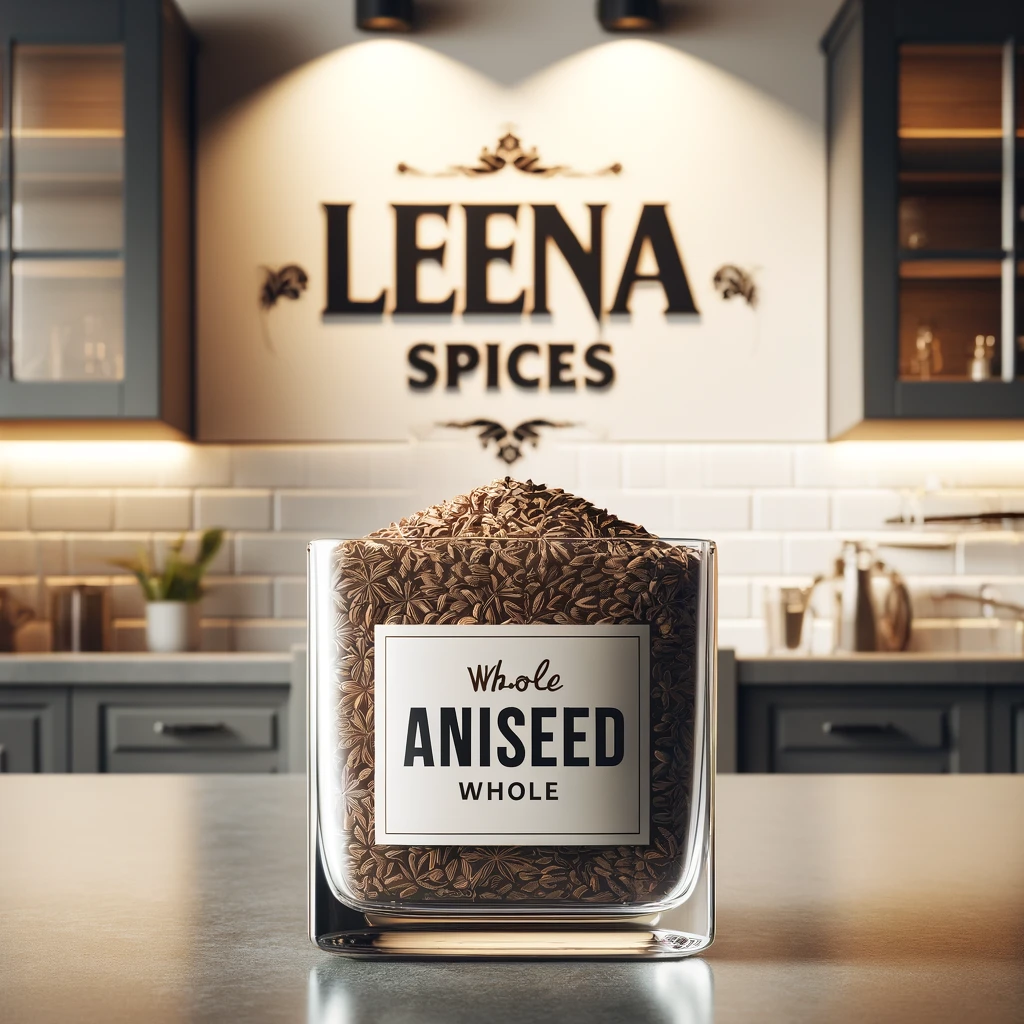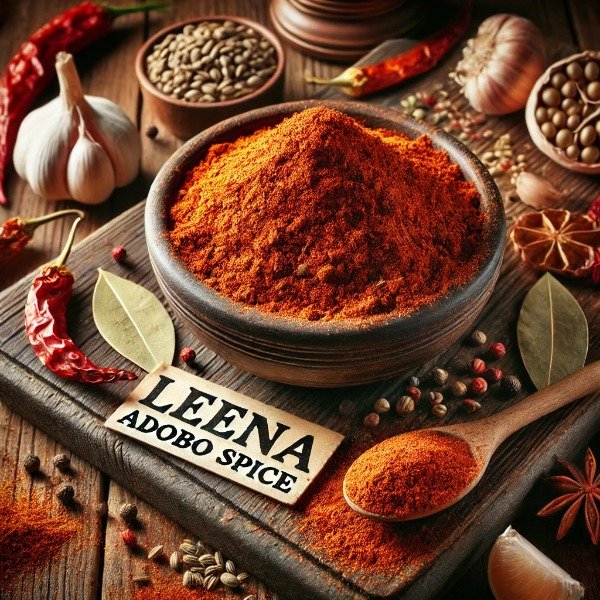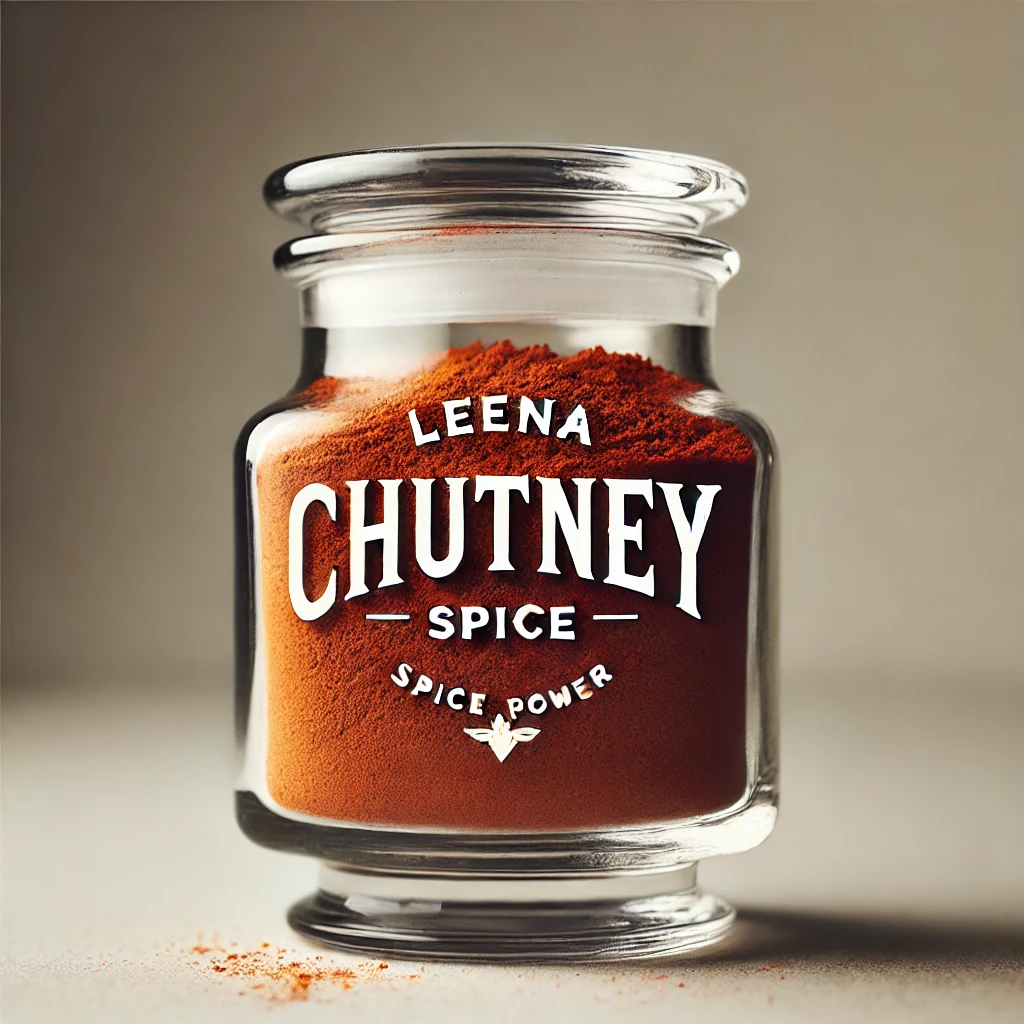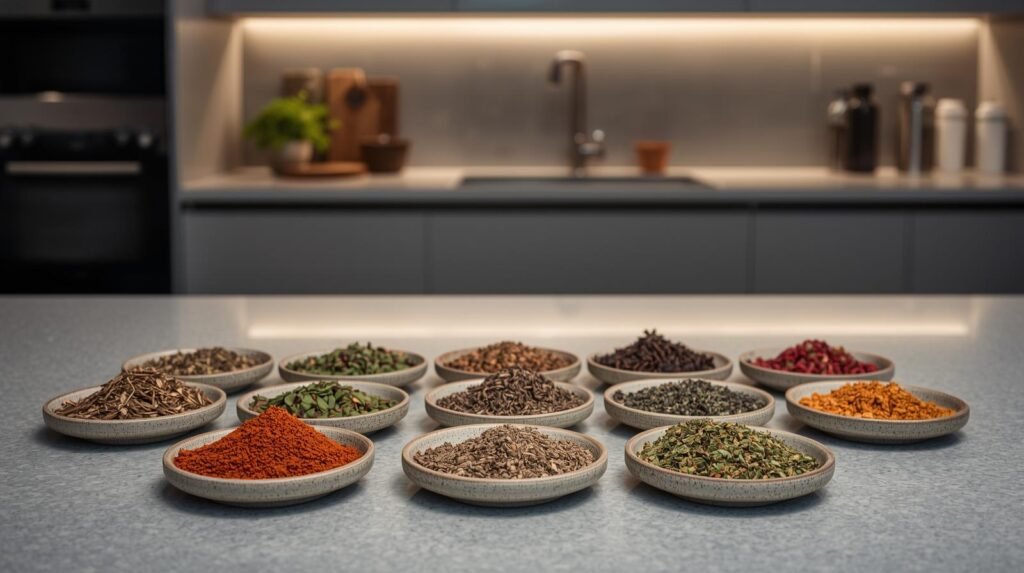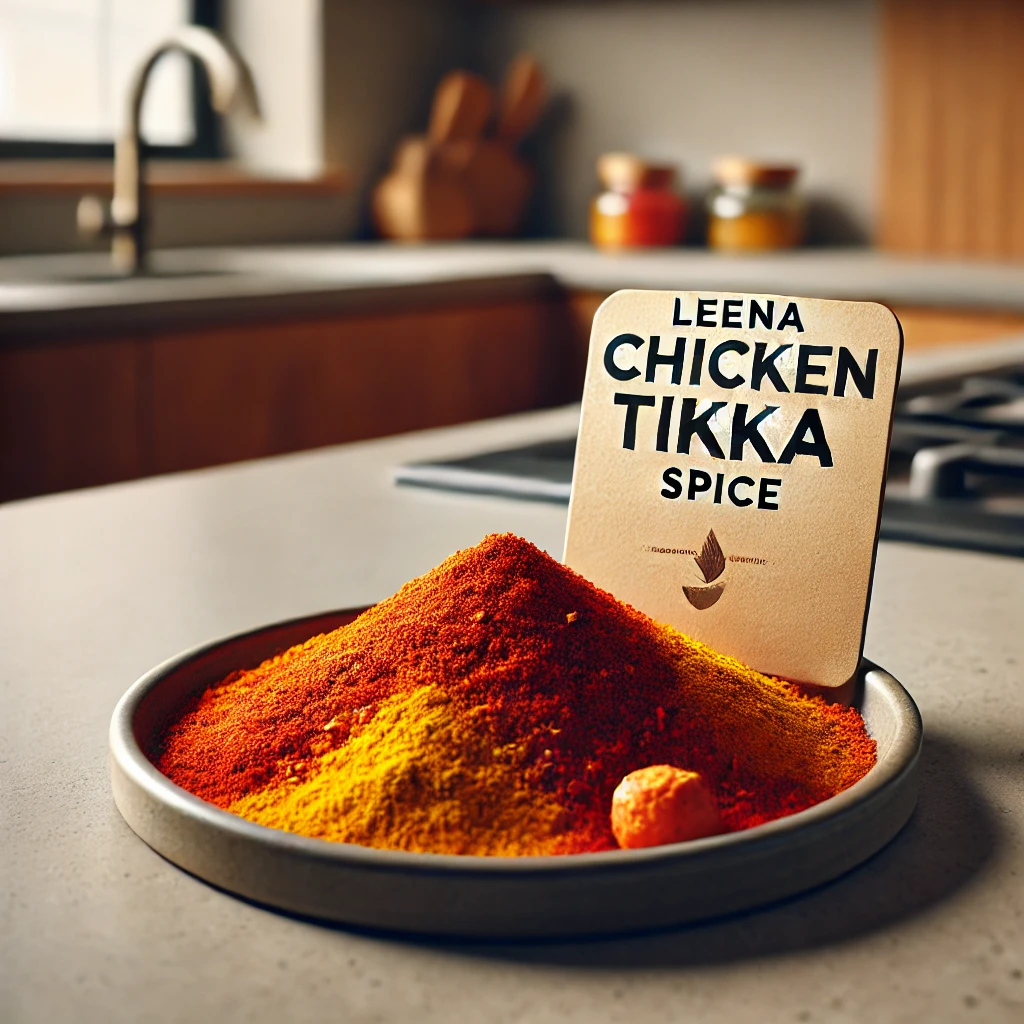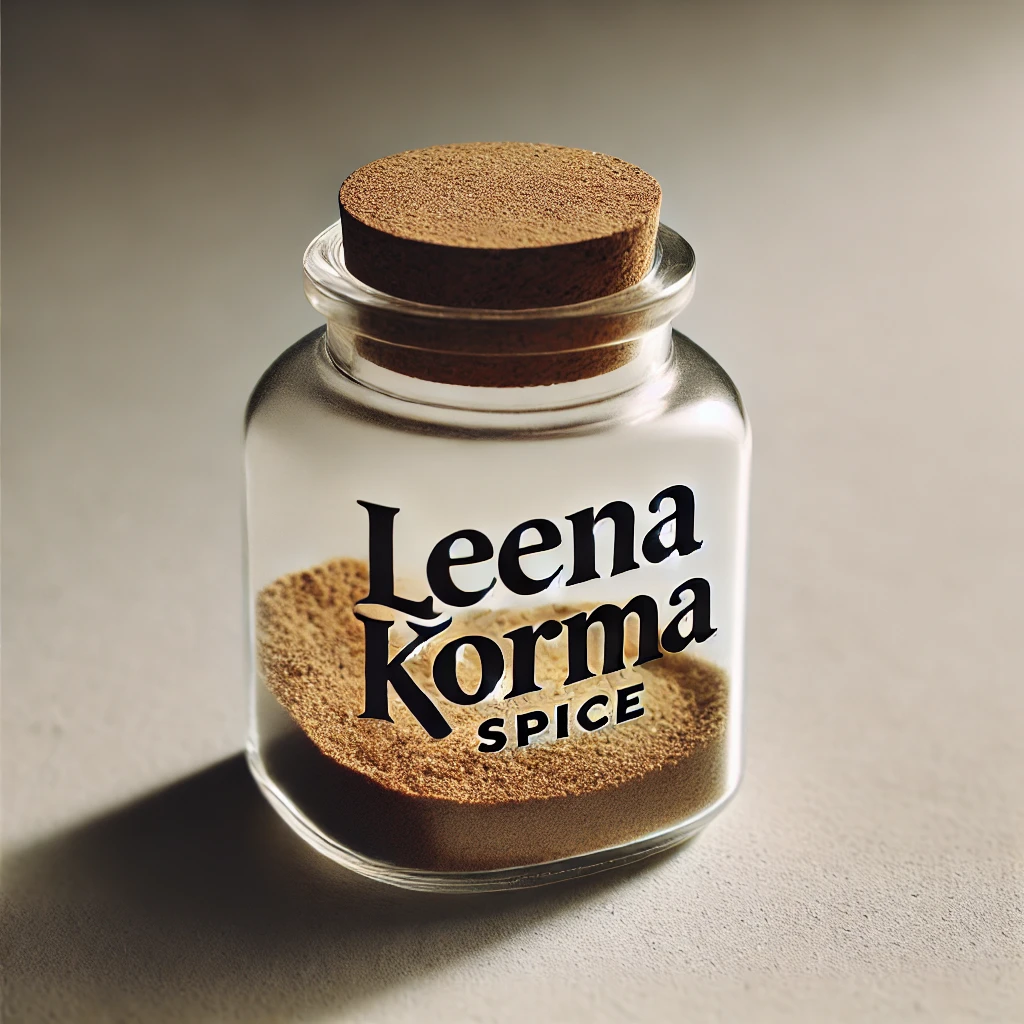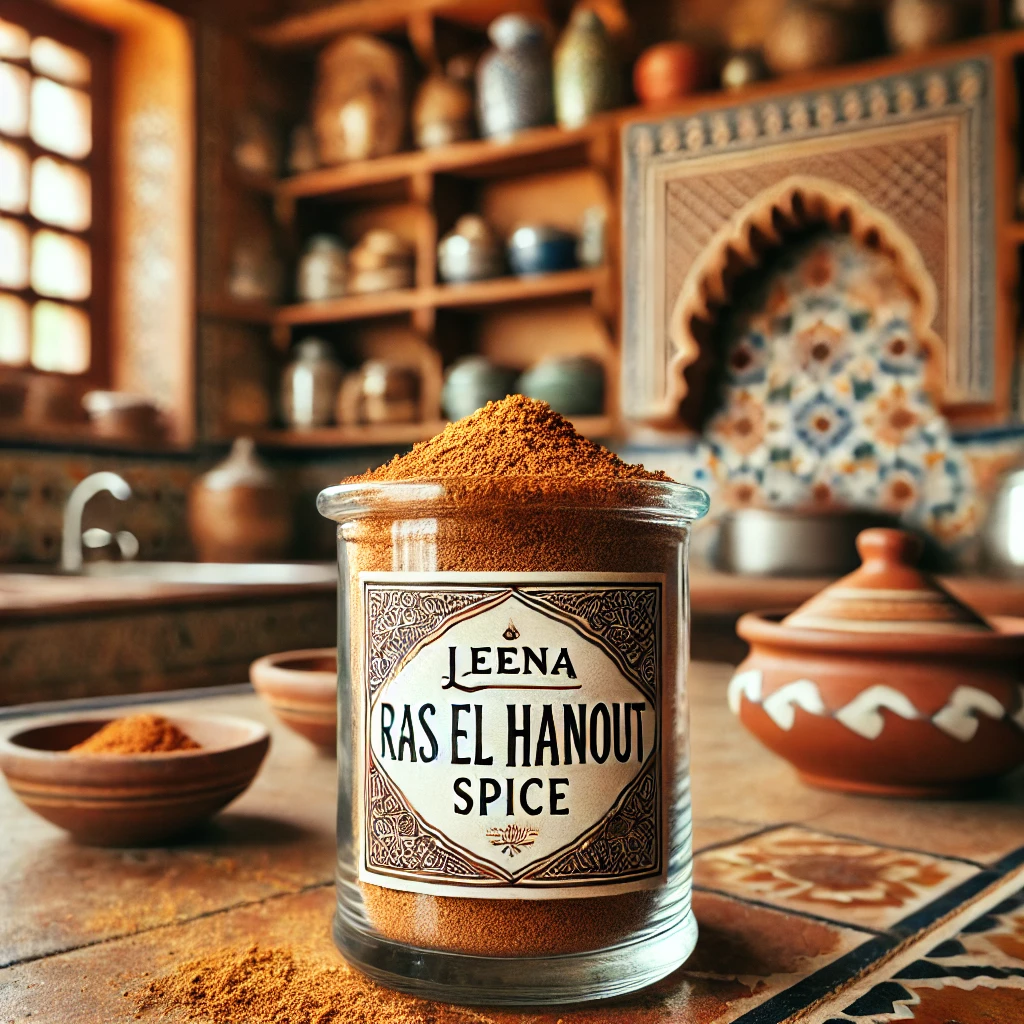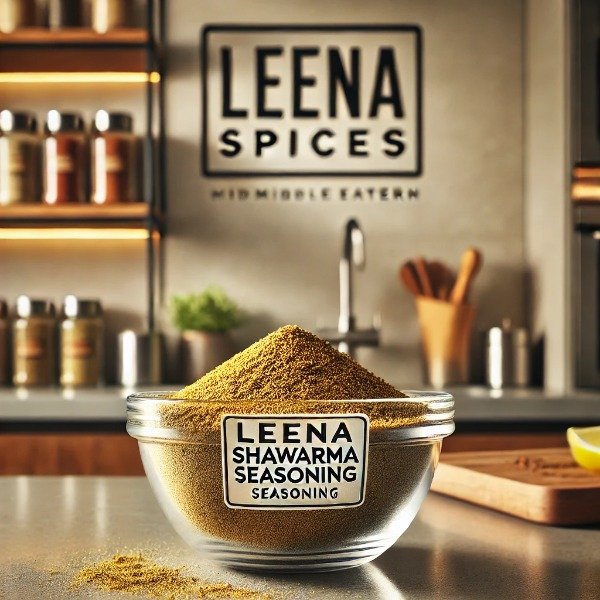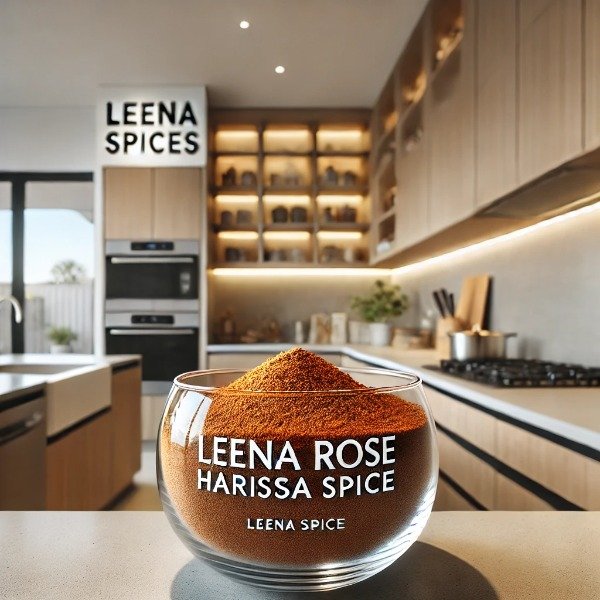How to Cook Lamb Pasanda Curry with Homemade Spice Blend Masala
Table of Contents
- Introduction – Discover the rich history and flavor of Lamb Pasanda
- Key Takeaways – Quick Q&A summary of essential points
- Origin and History of Pasanda – Mughlai roots and royal heritage
- What Does Pasanda Taste Like? – Flavor profile and texture
- Is Lamb Pasanda Spicy or Mild? – Understanding its heat level
- Key Ingredients in Pasanda Spice Blend – Essential spices and nuts
- How to Make Homemade Pasanda Spice Mix – Step-by-step recipe
- Useful Storage Tips for Pasanda Spice Blend – Preserve flavor and aroma
- Step-by-Step Lamb Pasanda Curry Recipe – Cooking instructions for a perfect curry
- FAQs
- Conclusion
Key Takeaways
What is Lamb Pasanda?
Lamb Pasanda is a Mughlai curry made with tender lamb pieces cooked in a creamy, nutty, and mildly spiced sauce flavored with yogurt, nuts, and aromatic spices.
Is Lamb Pasanda spicy?
No. It is one of the mildest Indian curries, focusing on richness and fragrance rather than heat.
What does Lamb Pasanda taste like?
It tastes creamy, nutty, mildly tangy, and aromatic, with warm notes of cardamom, cinnamon, and cumin.
What are the key ingredients in Pasanda masala?
Common spices include cardamom, cinnamon, cumin, coriander, cloves, fenugreek, turmeric, paprika, and sometimes saffron, often enriched with ground almonds or cashews.
How do you make Lamb Pasanda at home?
The lamb is browned with onions, then simmered with Pasanda masala, yogurt, tomatoes, and a nut paste before being finished with cream for a silky, rich gravy.
What is the best way to serve Lamb Pasanda?
It pairs beautifully with naan, pita bread, or steamed basmati rice, often garnished with slivered almonds or fresh coriander.

What Exactly is a Pasanda Spice Blend Masala?
Pasanda spice blend, or masala, is a mild and aromatic mix of spices traditionally used in Indian and Mughal cuisine. Known for its subtle warmth rather than heat, it creates the signature flavor of the creamy, nutty Pasanda curry. This curry is typically prepared with lamb, chicken, or other thinly sliced meats that are first marinated in the spice blend to tenderize and absorb its rich flavors before cooking.
The blend often includes a combination of ground spices, along with almonds or cashews, which lend a distinctive nutty richness. Unlike spicier Indian curries, Pasanda emphasizes balance and depth, making it an excellent choice for those who prefer gentle, aromatic dishes over fiery ones.
What Is The Origin and History of Pasanda and Its Spice Mix?
Pasanda has its roots in the royal kitchens of the Mughal Empire, which flourished in the Indian subcontinent between the 16th and 19th centuries. The dish takes its name from the Urdu and Persian word pasande, meaning “favorite” or “chosen,” a reference to the prime, tender cuts of meat that were carefully selected for this preparation.
The technique involved pounding or slicing the meat thin, marinating it in yogurt with a delicate blend of aromatic spices and ground nuts, and then slow-cooking it in a creamy, luxurious sauce. This approach not only tenderized the meat but also created a dish that was both refined and deeply flavorful, reflecting the Mughal preference for richness, subtlety, and balance rather than fiery heat.
The Pasanda spice mix itself is a hallmark of Mughlai cuisine. This blend perfectly complemented the velvety texture of the dish and highlighted the Persian and Central Asian influences that shaped Mughal cooking.
While Pasanda became widely popular during the Mughal era, its roots may stretch further back. A similar preparation of pounded meat cooked with yogurt and spices is mentioned in the 12th-century Indian text Manasollasa, suggesting that the Mughals refined an existing culinary tradition into the dish we now know as Pasanda.
Today, Pasanda remains a celebrated part of North Indian and Pakistani cuisine, cherished for its mild, aromatic flavors and regal heritage.
What Does Pasanda Taste Like?
Pasanda is celebrated for its gentle, refined flavor rather than intense heat. The dish tastes mild, creamy, and nutty, with a velvety sauce enriched by yogurt, cream, and ground nuts such as almonds or cashews. These ingredients lend both richness and a subtle sweetness that balances the savory spices.
The flavor profile is aromatic and delicately spiced, featuring the warm notes of cardamom, cinnamon, and cloves, the earthiness of cumin and coriander, and a mild peppery undertone. Unlike many fiery Indian curries, Pasanda offers a soothing taste experience, where no single spice dominates.
The result is a sauce that is smooth and luxurious in texture, fragrant in aroma, and subtly tangy from the yogurt. It’s a dish that feels indulgent yet gentle on the palate, making it appealing to those who prefer complex but mellow flavors over sharp or spicy ones.
Is Lamb Pasanda Spicy or Mild?
Lamb Pasanda is traditionally a mild curry, known more for its creaminess and aromatic depth than for heat. Only a small amount of chili powder is used, if at all, making it one of the gentlest options on an Indian menu. It is often considered even milder than a korma.
The dish’s flavor profile emphasizes richness and subtle warmth rather than spice. Its creamy sauce is built with yogurt, cream, or coconut milk, thickened with ground nuts such as almonds or cashews, and delicately seasoned with fragrant spices like cardamom, cinnamon, and cumin. These ingredients create a smooth, nutty, and mildly tangy sauce that balances savory depth with gentle sweetness.
While modern variations can add extra chili to suit personal taste, the authentic and standard preparation of Lamb Pasanda remains mild, making it especially appealing for those who enjoy flavorful curries without fiery heat.
What Are The Key Ingredients in a Traditional Pasanda Spice Blend masala?
- Cardamom (green) – Adds a sweet, floral, and aromatic note.
- Cinnamon sticks – Brings gentle woody sweetness and warmth.
- Coriander seeds – Contributes citrusy, sweet undertones.
- Cumin seeds – Offers earthy, nutty warmth.
- Black pepper – Lends a sharp, peppery kick without overpowering heat.
- Bay leaf – Adds subtle herbal depth.
- Ginger powder – Balances warmth with mild sweetness.
- Garlic powder – Provides savory depth.
- Fenugreek leaves (kasuri methi) – Imparts a slightly bitter, aromatic lift.
- Paprika (or smoked paprika) – Enhances mild warmth and color.
- Turmeric – Adds earthy bitterness and golden color.
- Saffron – A luxury addition for fragrance, color, and richness.
- Garam Masala – A signature Mughlai spice mix adding depth and roundness.
- Tandoori Masala (optional) – Sometimes used to bring extra smokiness and layered flavor.

How Do I Make Homemade Pasanda Spice Mix from Scratch?
Making Pasanda masala at home allows you to capture its authentic Mughlai flavors while ensuring freshness and balance. The key lies in dry-roasting whole spices to release their essential oils before blending them with ground spices.
Ingredients (for about 100 g of spice mix)
- Bay leaf – 1 g
- Black peppercorns – 1 g
- Green cardamom pods – 5 g
- Cilantro (dried leaves) – 2 g
- Cinnamon stick – 1 g
- Coriander seeds – 10 g
- Cumin seeds – 6 g
- Fenugreek leaves (kasuri methi) – 3 g
- Garam masala – 20 g
- Garlic powder – 10 g
- Ginger powder – 4 g
- Smoked paprika – 10 g
- Saffron strands – 1 g
- Tandoori masala – 20 g
- Turmeric powder – 6 g
Method
Step 1: Dry-roast the whole spices
- Heat a pan: Place a heavy-bottomed frying pan over medium-low heat.
- Add whole spices: Place coriander seeds, cumin seeds, cardamom pods, cinnamon stick, black peppercorns, and bay leaf into the pan.
- Toast gently: Stir or shake the pan constantly for 3–5 minutes, until the spices release a fragrant aroma and begin to change color slightly.
- Tip: Watch closely—if they smoke or darken too much, they will turn bitter.
- Cool completely: Transfer the roasted spices to a plate and spread them out. Allow them to cool fully before grinding.
Step 2: Grind the spices
- Grind: Place the cooled roasted spices in a spice grinder, coffee grinder, or high-powered blender.
- Pulse to a fine powder: Work in short bursts, shaking the grinder occasionally for even grinding.
- Combine with powdered spices: Once finely ground, transfer to a mixing bowl. Stir in the remaining powdered ingredients (garlic powder, ginger powder, paprika, saffron, fenugreek leaves, turmeric, garam masala, and tandoori masala).
Step 3: Store
- Transfer the finished masala to an airtight glass jar.
- Store in a cool, dark place.
What Are Useful Storage Tips For Pasanda Spice Blend?
- Protect from Light, Heat, Air, and Moisture
- Cool, Dark Place: Store your blend in a cupboard, pantry, or drawer away from sunlight.
- Avoid Heat Sources: Do not keep the jar near stoves, ovens, or dishwashers. Fluctuating heat quickly destroys delicate spice oils.
- Keep Dry: Moisture causes clumping and mold. Always ensure the container and utensils are completely dry.
- Use the Right Container
- Airtight is Essential: Glass jars with tight lids or stainless steel tins are ideal. Dark or opaque jars offer extra protection from light.
- Avoid Plastic: Plastic can absorb spice oils and alter the flavor over time.
- Handle with Care
- Use a Dry Spoon: Always scoop with a clean, dry spoon.
- Seal Immediately: Close the lid tightly right after use to minimize exposure to air.
- Shelf Life and Freshness
- Best Used Within 3–6 Months: The blend is most flavorful during this period, though it can last up to 12 months if stored properly.
- Make Small Batches: Grinding smaller quantities more often ensures peak freshness.
- Check Before Use:
- Aroma: Rub a little between your fingers—if the scent is weak, the blend has lost its potency.
- Color: A dull or faded color signals flavor degradation.
- Advanced Storage Options
- Refrigeration or Freezing: For longer shelf life (up to a year), store the blend in a sealed container in the fridge or freezer. Ensure the container is airtight to prevent condensation when brought back to room temperature.
- Separate from Strong Odors: Keep away from strong-smelling spices to prevent cross-flavoring.
How Do You Make Lamb Pasanda Curry Step By Step?

Lamb Pasanda Curry Recipe (Step by Step)
A classic Mughlai dish, Lamb Pasanda is mild, creamy, and aromatic, with a velvety sauce enriched by yogurt, nuts, and fragrant spices. Follow this step-by-step recipe to make it at home.Ingredients (Serves 4)
- 500 g lamb pieces (preferably from tender cuts)
- 1 large onion, finely sliced
- 1 medium onion, diced
- 4 Tbsp cooking oil
- 2 large tomatoes (chopped) or 50 g tomato purée
- 50 ml plain yogurt
- 25 ml cream (or coconut cream)
- 1 ½ tsp Pasanda masala
- Salt and black pepper, to taste
- 2 Tbsp ground almonds or cashews (optional: grind with raisins into a paste for extra richness)
Method
Step 1: Prepare the nut paste (optional)- Blend nuts (almonds or cashews) with a few raisins and water into a smooth paste. Set aside.
- Heat oil in a heavy-bottomed pan over medium heat.
- Add the sliced onion and fry until golden brown and crispy. Remove and set aside.
- In the same oil, add the diced onion and fry for 8–10 minutes until soft and lightly browned.
- Add lamb pieces to the pan and stir-fry until they are well-browned on all sides.
- Stir in the Pasanda masala, salt, pepper, and the prepared nut-raisin paste (if using). Cook for 5 minutes, allowing the spices to release their aroma.
- Add tomatoes (or tomato purée), yogurt, the fried onions, and ½ cup water. Mix well.
- Bring to a gentle boil, then cover and simmer on low heat until the lamb is tender (about 45–60 minutes, depending on the cut).
- Stir in cream or coconut cream. Let it simmer uncovered for 5–10 minutes until the gravy thickens and turns silky.
- Garnish with a few slivered almonds or fresh coriander (optional).
- Serve hot with naan, pita bread, or steamed basmati rice.
Frequently Asked Questions
What is the difference between Pasanda and Korma?
Pasanda is milder, creamier, and slightly nutty, often made with yogurt, cream, and ground nuts, whereas korma can vary in sweetness and spice levels but generally focuses more on a rich, aromatic sauce without the distinct nut paste flavor of Pasanda.
Can I make Pasanda with chicken instead of lamb?
Yes. Chicken, especially boneless pieces, works well in Pasanda. Cooking times are shorter than lamb, and the same nutty, creamy sauce brings out the delicate flavor of the chicken.
Is Pasanda suitable for people who don’t like spicy food?
Absolutely. Pasanda is one of the mildest Indian curries, emphasizing richness and aromatic spices rather than chili heat.
How do I store Pasanda spice blend?
Store the spice mix in an airtight container, away from light, heat, and moisture. For best flavor, use within 3–6 months, or up to a year if refrigerated or frozen.
Can I make Pasanda dairy-free?
Yes. Replace yogurt with plant-based yogurt and cream with coconut cream. This maintains the creamy texture while keeping the dish mild and aromatic.
What nuts are traditionally used in Pasanda?
Almonds and cashews are commonly used. They are either ground into a paste for the sauce or used as a garnish to add richness and subtle nutty flavor.
How do I thicken the Pasanda gravy if it’s too watery?
Simmer the curry uncovered on low heat until the sauce reduces. You can also add a small amount of ground nuts or a slurry of cream and yogurt to achieve a richer, thicker consistency.
Conclusion
Lamb Pasanda is a celebration of Mughlai culinary tradition, combining tender meat, aromatic spices, and a creamy, nutty sauce for a dish that is both comforting and elegant. Its mild, balanced flavors make it accessible to everyone, from those new to Indian cuisine to seasoned curry lovers. Whether served with naan, pita, or fragrant basmati rice, Pasanda promises a rich, flavorful experience that reflects centuries of royal Indian cooking, all from the comfort of your own kitchen.
